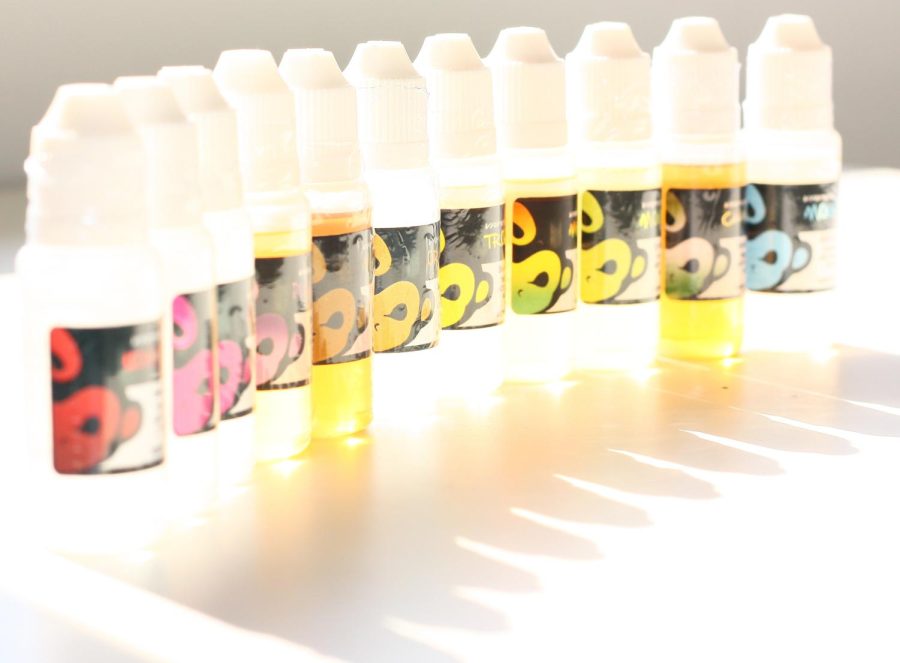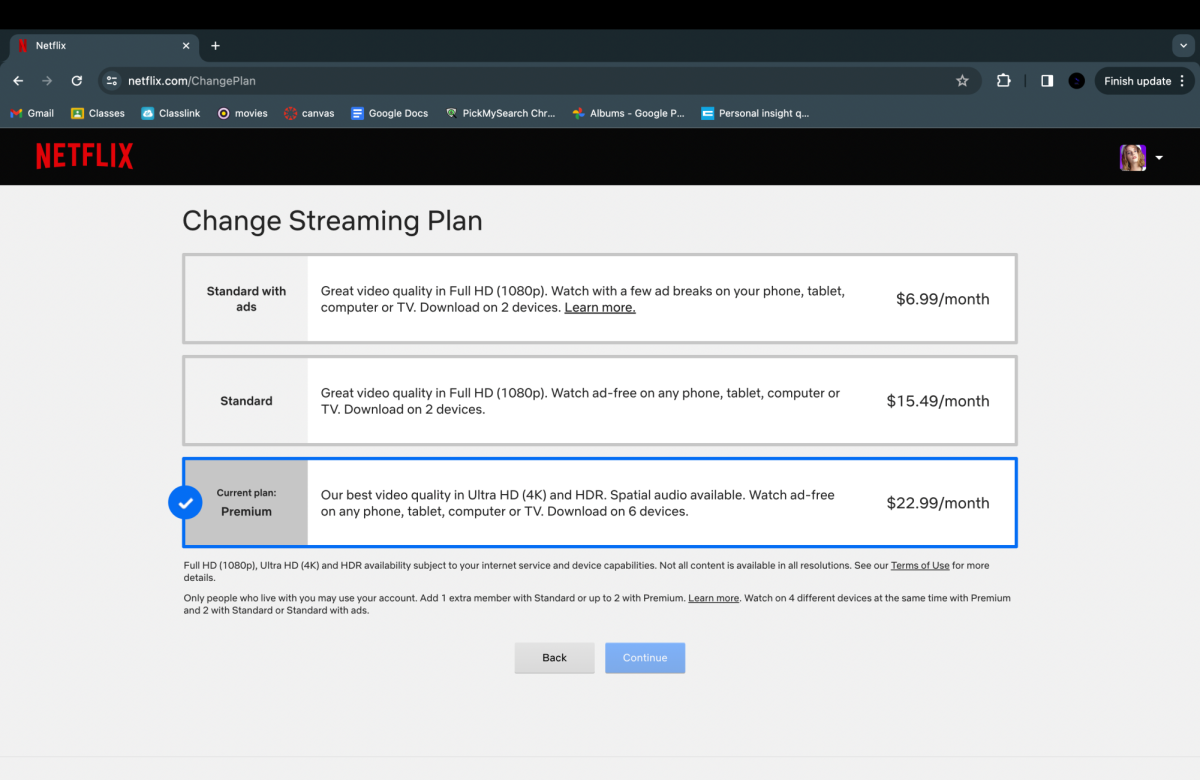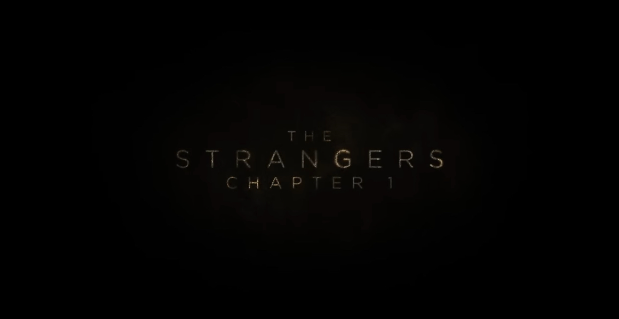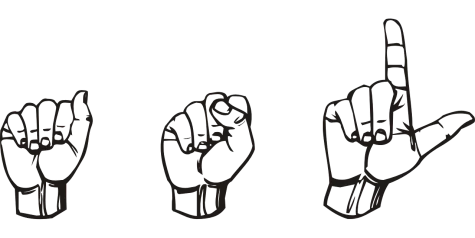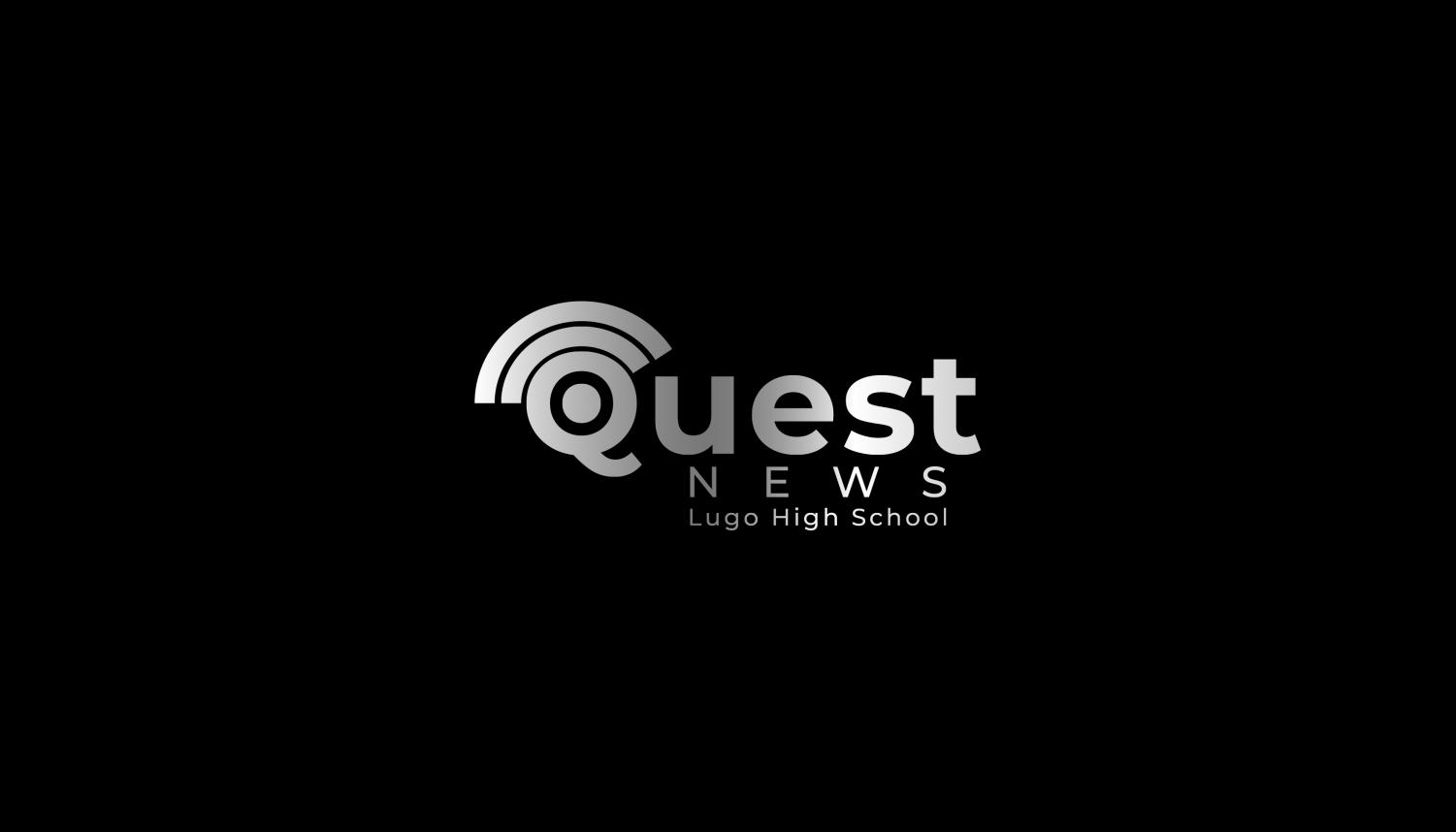Opinion: How will Proposition 31 fight tobacco use?
https://commons.wikimedia.org/wiki/File:E-Cigarette_E-liquid_by_Vaping_Monkey_%289628487175%29.jpg
E-cigarettes have become a popular tobacco product among teenagers and young adults.
January 18, 2023
As of December 21, 2022, Proposition 31 went into effect, effectively banning any flavored tobacco products. This ban requires retailers to stop selling flavored cigarettes and tobacco products, which includes menthol cigarettes, flavored “e-liquids” or “e-juices”, and flavored cigars or cigarillos. Any retailers who continue to offer these products can be subject to a $250 fine per infraction.
Lawmakers initially passed the ban 2 years ago, stating that the reason for this ban is due to the influx of teenagers and underage individuals being enticed by candy or fruit flavors. The widespread use of nicotine in young adults and teenagers has been partially attributed to these flavors being marketed toward younger age groups. According to the CDC, 1 in every 7 high school students has reported using electronic cigarettes in the past 30 days, and 1 in every 30 middle school students has reported the same.
It is widely known that schools have been advocating for teenagers to stop using nicotine products, with many anti-drug campaigns across the country being taught in schools. For many years, the use of cigarettes decreased greatly in schools due to these programs, however, there has been a dramatic influx in the use of e-cigarettes in recent years. After all of that progress was made, it is unfortunate to see that these harmful habits are once again being picked up by teenagers nationwide.
Some people claim that the influx of nicotine use in teenagers is due to the marketing tactics used by tobacco companies. Tobacco companies noticed the decrease in favor towards cigarettes due to the long list of negative health effects and came up with a “healthier” alternative. This alternative was initially marketed toward those who wanted to kick their smoking habit, but with the introduction of fruity and candy flavors, teenagers started to pick up on this trend. As a result, tobacco companies started marketing toward a younger audience, even putting well-known cartoon characters on e-cigarette products. It is no surprise that a younger audience picked up on these trends, leading to an all-new epidemic of nicotine addiction.
While this ban will certainly decrease the use of tobacco products, it also creates some turmoil with older cigarette users. This widespread ban on flavored tobacco products has also included menthol cigarettes under its umbrella. Many people in the older generations who have been using these products for years are angry at this ban, as voters likely did not understand the full extent of what this ban entailed. The effects are being seen all across California, and it begs the question of what kind of retaliation will come from Proposition 31.
Some people who speak outwardly against this new law claim that the use of e-cigarettes by teenagers is not due to the products themselves, but rather the retailers who fail to check identification when selling these products. It is a problem that there are some retailers where underage individuals can simply walk in and purchase a tobacco product with no questions asked. Even after this ban, what is stopping these same individuals from walking into a store and purchasing traditional cigarettes?
Overall, this ban is a great start toward stopping these terrible habits among all age groups. Though despite the good intentions of this new law, there are still many steps toward decreasing tobacco use among younger age groups, and this ban will most likely create quite a bit of turmoil. This epidemic will not die down anytime soon unless voters and lawmakers take action against tobacco companies.


